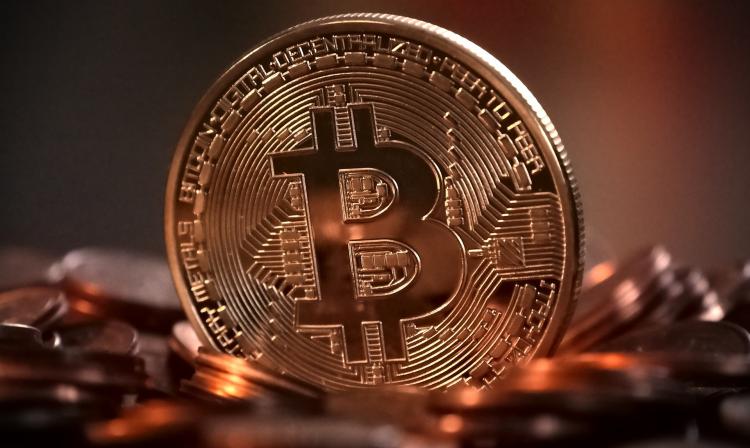Usually when you talk about cryptocurrencies, which are certainly more than one could think (as of November of 2017 there were approximately 1,300 cryptocurrencies registered), reference is made to Bitcoin, the best known cryptocurrency in the world.

Bitcoin is a digital currency that is based on an extremely innovative and secure network platform called Blockchain.
Blockchain ( also chain of blocks ) is a distributed database that records all the transactions made in bitcoins and that are replicated in the distributed blockchain network.
These registries are unmodifiable, making transactions in bitcoins extremely secure, transparent and untraceable.
However, this column is aimed at identifying some reasons to buy and not buy Bitcoins oriented primarily on financial fundamentals.
Reasons to buy:
Bitcoin is an asset that is traded as a future in the Chicago stock exchange: although the announcement was several months ago, during the first half of December in 2017, it was already a reality.
Bitcoin futures could be traded on the Chicago Board of Exchange (CBOE) and the Chicago Mercantile Exchange (CME), with an operational difference.
In the CBOE the future price of Bitcoin is for 1 Bitcoin contracts and the mark to market is made, against the price that Gemini delivers, while the price of Bitcoin futures in the CME, is for 5 Bitcoin contracts and the mark to market is done with an own estimate of the price occupying the spot values of several cryptocurrencies.
That bitcoin futures can be traded, opens a range of possibilities both to speculate in the currency and to protect it, this allows an increase in the transaction volume of the index and also to a serious access in the case of hedge long or short positions of the currency.
It has behaved negatively correlated with the markets: when we refer to negative correlation that it has been seen that in times of sharp decline of the Dow Jones and the SP 500 inside day the price of Bitcoin has risen sharply, this allows using the cryptocurrency to diversify portfolios, being able to increase the sharpe ratio (measure of the excess return per unit of risk of an investment) of a portfolio of financial assets in an efficient way.
The final issue will be 21 million Bitcoins: Central Banks can control inflation by managing the issuance of the currency they issue, this ends up appreciating or depreciating the value of the currency with respect to others, such as bitcoin is a cryptocurrency with an amount of fixed issue of bitcoins, the value of the currency will absorb all the inflationary shocks, causing the currency to adjust upwards or downwards depending on how the inflation expectations move.
Reasons not to buy:
It still has problems of transactional speed: the speed to trade is very slow compared to the use of classic credit cards, one of the main reasons for the rise of the currency, is the structure of Blockchain that is behind, causing that value to be Lost if the stores or services that can be paid by Bitcoin begin to turn back, given the delay that these transactions have compared with other means of payment.
Volatility is too high: Although it is an extremely volatile asset and cannot be safeguarded through Bitcoin options, this high volatility adds too much risk to a diversified portfolio, making the interest in buying this asset unattractive or almost nil, neutral or risk adverse.
It is an intangible: the problem is not that it does not have an emission backing as to the physical currencies, which are used by a Central Bank, gold is also an asset that is used as a financial asset and nobody supports it.
However, this, and other more exotic commodities such as orange juice and fishmeal, have a market value and physically exist unlike Bitcoin, which is a currency as tangible as the gigabytes of memory that our computers say they have.














